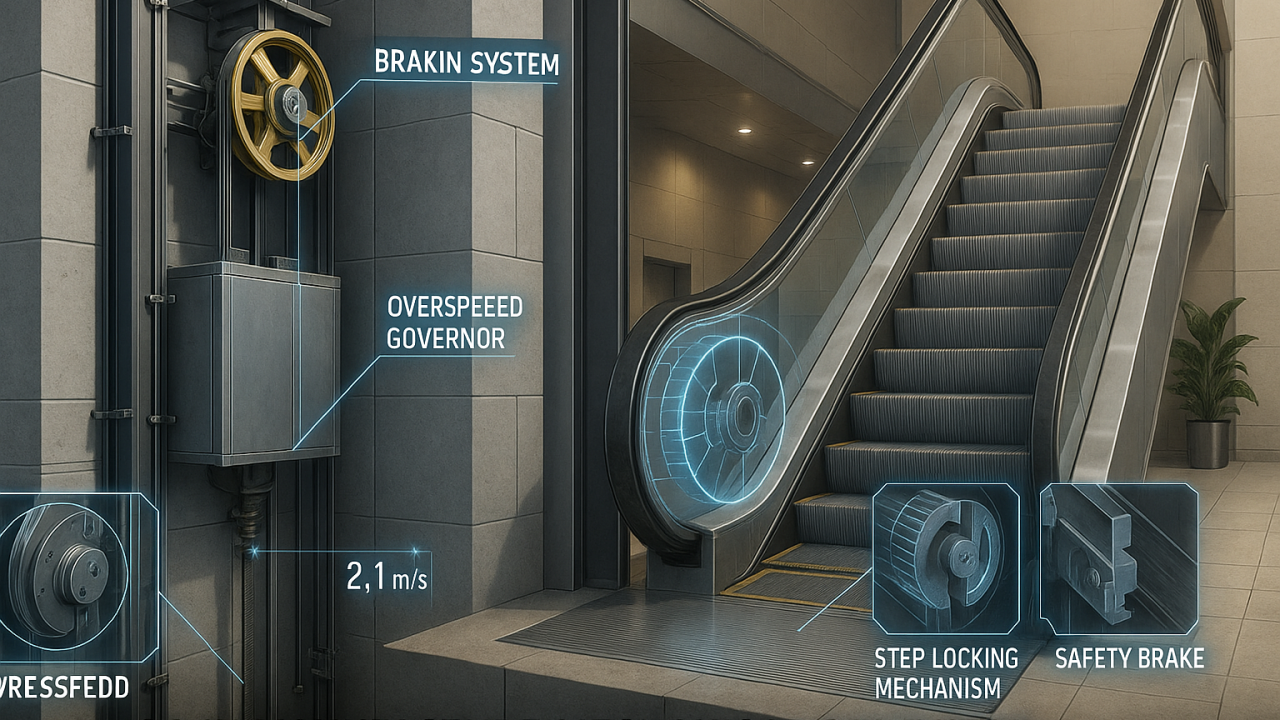UN incident highlights how protection systems operate
Escalators are among the most widely used transportation systems in public spaces such as airports, train stations, and government buildings. Their design includes multiple safety mechanisms that can automatically stop the machine to prevent accidents, as seen recently at the United Nations headquarters.
Built-in safety systems in escalators
Escalators operate through chains and gears that keep the steps moving. Similar to elevators, they undergo regular inspections and are equipped with emergency systems that shut them down when an irregularity occurs.
One of the most important features is the safety micro switch, designed to react in specific situations. These sensors may be triggered by obstructions, heavy loads, or if objects such as shoes become caught in the comb plate. Their main purpose is to stop the escalator instantly and prevent serious injuries.
The role of preventive maintenance
Industry specialists agree that a well-maintained escalator should not experience frequent breakdowns. However, they emphasize that safety devices are designed precisely to activate when needed. This ensures that potential accidents are avoided before they escalate.
The comb impact switch is one of the most sensitive mechanisms. When something becomes stuck in the comb teeth, the switch stops the machine to prevent the item or person from being pulled further into the system.
Safety first, service second
Although a sudden halt may startle passengers, these situations demonstrate that the escalator is functioning as intended. Far from being a failure, such interruptions represent the effectiveness of built-in protection systems.
Like other mechanical transport systems, escalators are designed to prioritize user safety over uninterrupted operation. Continuous maintenance and public awareness of how these mechanisms work contribute to maintaining trust in these everyday machines.



